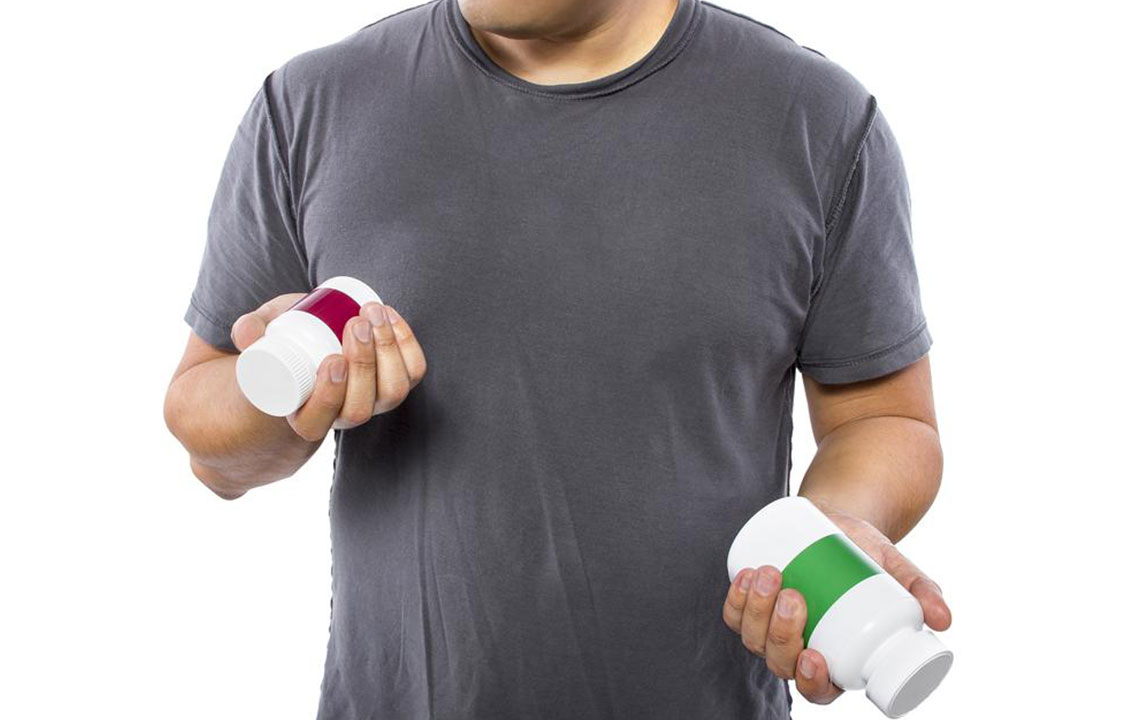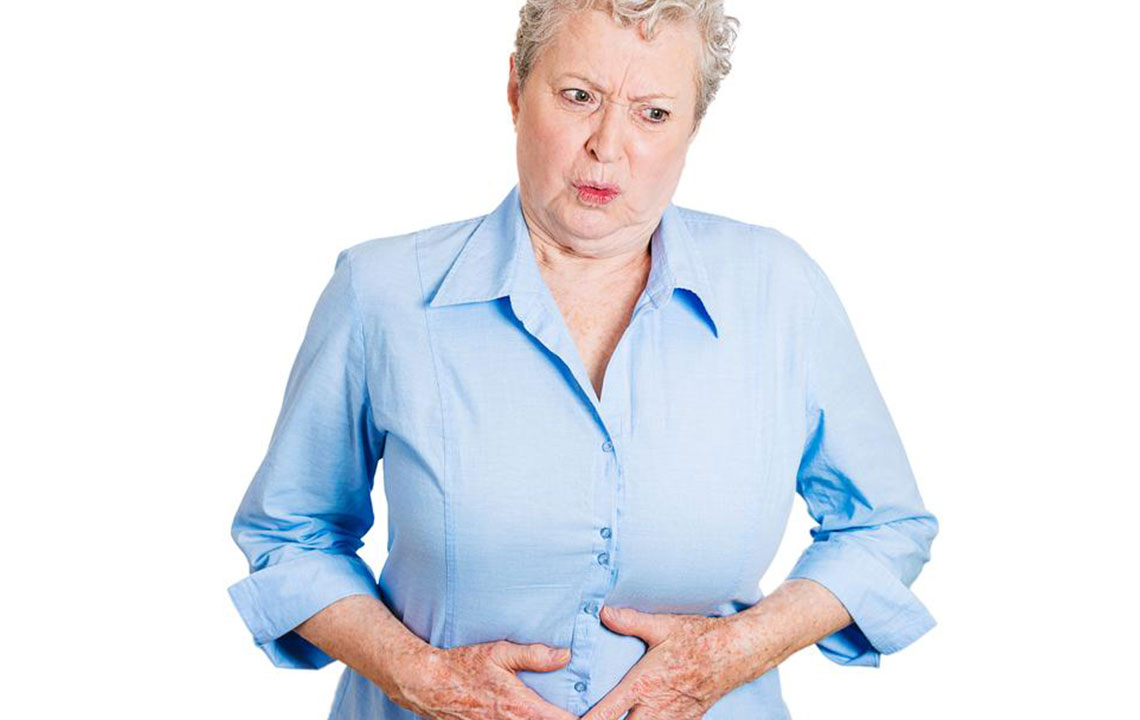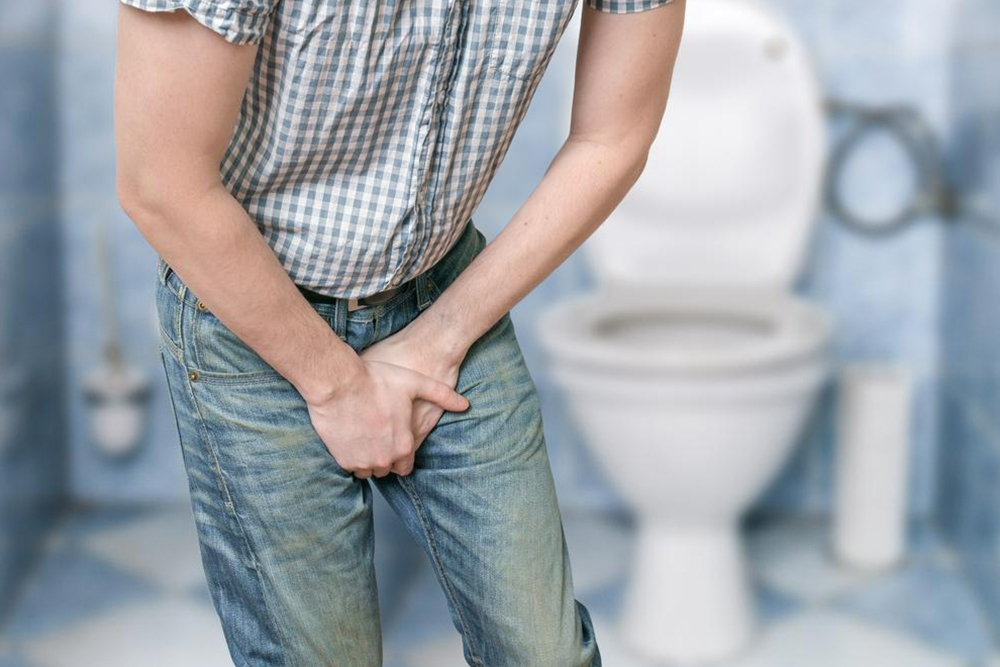Comprehensive Guide to Understanding and Managing Urinary Incontinence
This comprehensive article explores urinary incontinence, detailing its causes—from medical conditions to lifestyle factors—and outlining effective treatment options. It emphasizes lifestyle modifications, medications, and surgical interventions designed to help individuals manage and improve bladder control, enhancing overall well-being and confidence. Whether you're dealing with mild symptoms or severe cases, understanding your condition and available solutions is key to reclaiming bladder health.

Comprehensive Guide to Understanding and Managing Urinary Incontinence
Urinary incontinence, commonly known as bladder control problems, is a condition that affects millions worldwide. It manifests as involuntary leakage of urine or unexpected urination episodes, which can significantly impact daily life and overall well-being. Understanding the root causes, risk factors, and available treatment options is essential for effective management and improving quality of life. This comprehensive guide delves deep into the various aspects of bladder control challenges, providing insights into causes, prevention, and treatment strategies tailored to individual needs.
Understanding the Causes of Urinary Incontinence
Medical Conditions: Various underlying health issues are linked to urinary incontinence. Chronic conditions such as diabetes can impair nerve function, affecting bladder control. Neurological disorders like multiple sclerosis, Parkinson’s disease, stroke, and spinal cord injuries disrupt nerve signals between the brain and bladder, leading to involuntary urine leakage. Additionally, conditions such as prostate enlargement in men or bladder and prostate cancer can interfere with normal urinary function. Urinary tract infections and bladder stones are also common culprits that cause temporary or persistent incontinence. Certain medications—like diuretics, blood pressure drugs, or stimulants—may exacerbate symptoms or induce temporary urinary leakage, necessitating medical supervision.
Physical and Physiological Factors
Aging: As people age, the muscles responsible for controlling the bladder weaken, and the bladder's capacity decreases, increasing the risk of leakage. The decline in estrogen levels during menopause reduces the elasticity of pelvic tissues in women, further impacting bladder control.
Pregnancy and Childbirth: Pregnancy causes increased pressure on the bladder and pelvic floor muscles which can weaken over time. Vaginal delivery may cause nerve or muscle damage leading to stress incontinence.
Prostate Health: Enlarged prostate in men compresses the urethra, making it difficult to control urination. Surgical procedures like prostatectomy may also impair bladder function temporarily or permanently.
Hysterectomy: Removal of the uterus can affect the support structures of the bladder and urethra, increasing the risk of incontinence.
Lifestyle and Behavioral Factors
Dietary Choices: Consuming spicy, acidic, or sugary foods such as citrus fruits, caffeine, chocolates, or artificial sweeteners can irritate the bladder lining, leading to increased urgency and leakage. Alcohol and caffeine act as diuretics, increasing urine production and bladder volume, exacerbating symptoms.
Obesity and Sedentary Lifestyle: Excess weight puts additional pressure on the bladder and pelvic floor muscles, reducing their ability to support bladder function effectively. A sedentary lifestyle weakens core muscles, including those supporting the bladder, contributing to incontinence.
Diagnosing and Treating Bladder Control Problems
Medical Interventions: Depending on the severity and underlying cause, various treatments can be recommended. Medications, such as anticholinergics, relax the overactive bladder muscles and reduce urinary urgency. Beta-3 adrenergic agonists are newer options that help increase bladder capacity. Women may benefit from estrogen therapy in the form of creams or patches to improve tissue elasticity.
Lifestyle Modifications and Non-Surgical Approaches
Diet and Fluid Management: Adjusting fluid intake—reducing caffeine and alcohol consumption—can lessen urgency and leakage episodes. Maintaining a balanced diet helps prevent constipation, which can put pressure on the bladder.
Pelvic Floor Exercises: Kegel exercises strengthen the pelvic muscles, providing better support for the bladder and urethra. Regular practice of these exercises can significantly improve symptoms of stress and urge incontinence in both men and women.
Advanced Treatment Options for Severe Cases
Surgical Procedures: For persistent or severe incontinence, surgical options such as sling surgeries for stress incontinence or prolapse repairs are considered. These procedures support or reinforce the urethra and bladder neck. In some cases, devices like pessaries (support inserts for women) or urethral inserts are employed to provide temporary relief.
Device-Based Solutions: Urethral inserts, pelvic implants, or nerve stimulation therapies (like sacral neuromodulation) offer promising results for chronic cases, improving bladder control by regulating nerve signals.
Recognizing and seeking prompt medical advice for bladder control issues is crucial for determining the most effective treatment plan. With tailored strategies combining lifestyle changes, medications, and surgical interventions where necessary, individuals can regain better control over their bladder functions and enjoy an improved quality of life.





